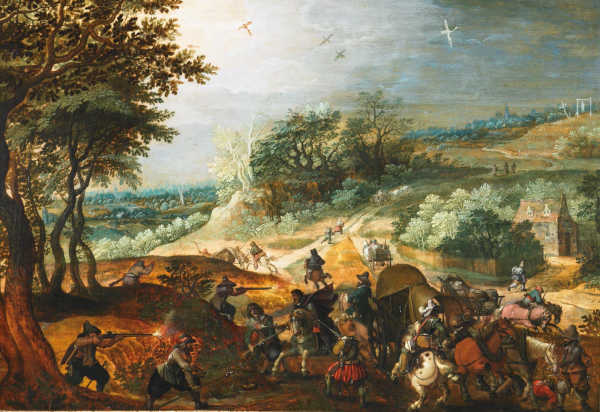FWP:
SETS == A,B; I AND; KIH; PARALLELISM; SUBJECT?
For background see S. R. Faruqi's choices. For more on Ghalib's unpublished verses, see the discussion in {4,8x}.
The idiomatic turn of phrase 'X-- and Y!' is the foundation of both lines here; for greater recognizability, on the SETS page this structure is given its most common form, 'I and'. The idea is to point to the extreme incommensurability of X and Y, as though they can hardly even be mentioned in the same breath, much less compared in words. (A similar idiomatic structure is kahaa;N yih , kahaa;N vuh ! ) This 'incommensurability trope' has a paradoxical feeling to it: 'How can X and Y exist in the same world?'. (Or else, conversely, it might be 'X and Y are each other's completely opposite yin-and-yang complements'.)
One obvious reading is to assign the 'X' qualities to the lover, and the 'Y' qualities to the beloved. But the commentators offer a reading in which all the qualities belong to the lover, so that the verse describes a struggle between personified aspects of his psyche. Really 'I and' verses like this are so open-ended that the possible readings range widely.
A final fillip of indeterminacy is provided by the flexibility of kih . Both lines are so structured that it might introduce either a clause that describes the 'Y' quality alone, as in (1a) and (2a), or a clause that describes a reaction to the whole 'X-- and Y!' situation, as in (1b) and (2b).

Asi:
Endurance intends to make the heart a prisoner of the tearing of the wound, so that he would in no way emerge from it; and Pain is in a kind of ambush, seeking somehow to lament, and vent its spleen.
== Asi, pp. 161-162